
- How about winning a flight ticket worth up to US$500?
- Become a member by January 31st and get a chance to win!
Understand the benefits of a self-sustaining farm, its key elements and how to develop the necessary skills to create your own.
9min
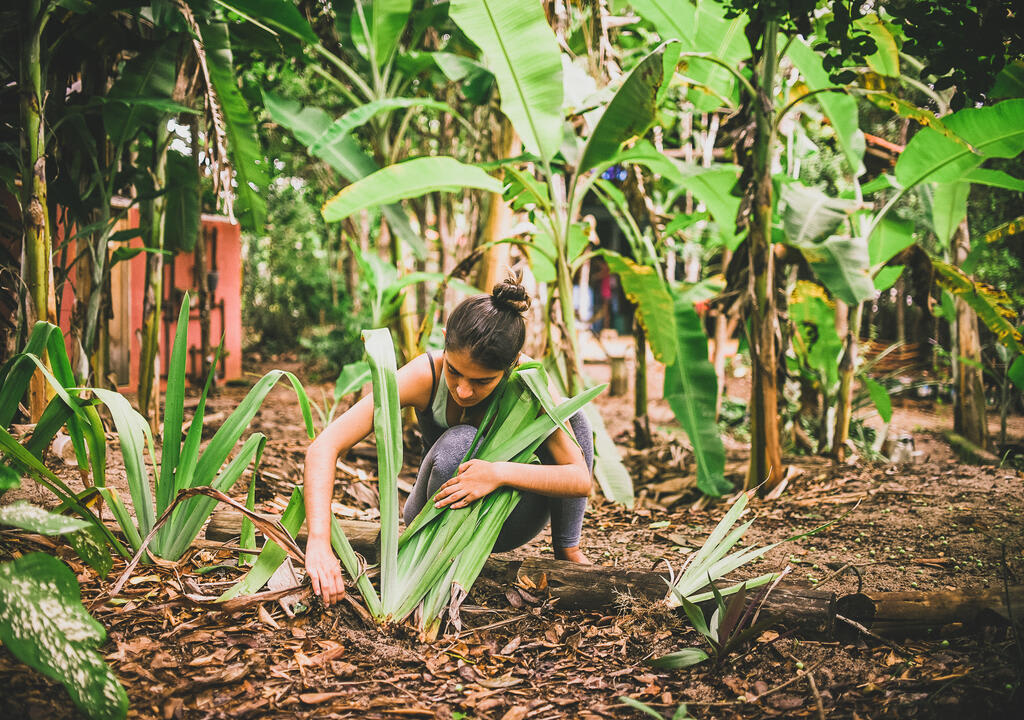
Ever wonder what it'd be like to walk out your back door, basket in hand, and pick fresh vegetables for dinner? To gather eggs laid by your chickens that morning or milk a cow right on the spot? Picture this - living off nature's bounty without making constant trips to the grocery store. This isn't just a dream but an attainable reality with a self-sustaining farm.
In this article, we’re going to get into the world of self-sustaining farms—understanding their principles, benefits, necessary tools and how you too could start one yourself.
A self-sustaining farm, or what some like to call a self-sufficient farm, is an agricultural setup that says "no thanks" to external resources as much as possible. Instead, it gives nature's cycles and biodiversity a big old hug.
The key here? Everything on the farm works together in harmony – animals, plants, and humans alike. Picture this: you have chickens pecking away at pests (goodbye pesticides), cows providing manure for fertilizer (so long synthetic fertilizers), and crops growing side by side which help each other out - think beans climbing corn stalks while their roots fix nitrogen into the soil.
What you may be wondering is, how does energy come into play? A true self-sustaining farm will also try to use renewable energy sources such as solar panels or wind turbines.
You might also like these articles:
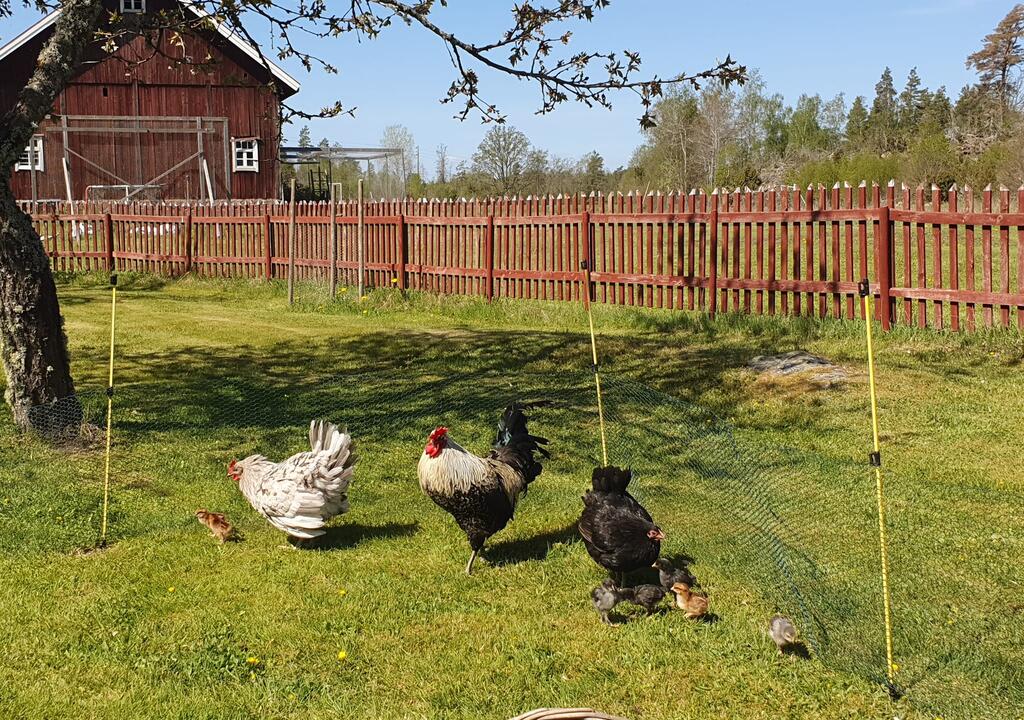
To dive deeper down the world of 'self-sustainability', let’s talk about closed loop systems and permaculture principles - they're like PB&J when it comes to sustainable farming practices.
Closed-loop agriculture means nothing gets wasted – everything has value. That banana peel? It's compost gold. The weeds you just pulled up? They’re green manure, ready to enrich your soil.
Then we've got permaculture principles. They are in the core of self-sustainable farming, promoting things like diversity (mono-crops are a big no), stacking functions (every element serves multiple purposes), and working with nature rather than against it.
Running a self-sufficient farm is not just about growing your own food. It provides the chance to live in an eco-friendly manner, benefit the planet and gain financially, for instance. Let's take a quick look at the advantages of self-sustaining farms:
With self-sufficiency comes significant economic savings. Imagine not having to spend money on grocery store produce. Instead, you have access to fresh vegetables and fruits from your garden and maybe even organically raised livestock right in your backyard.
A well-managed self-sufficient farm operates within nature's cycles, using techniques like crop rotation and composting instead of synthetic fertilizers and pesticides which can harm our planet over time. You're creating a lifestyle where everything is recycled - nothing goes wasted.
Consuming foods grown in nutrient-rich soil, free of chemicals, is a proven path to better health. Many studies indicate pesticide exposure can be linked to various health issues.
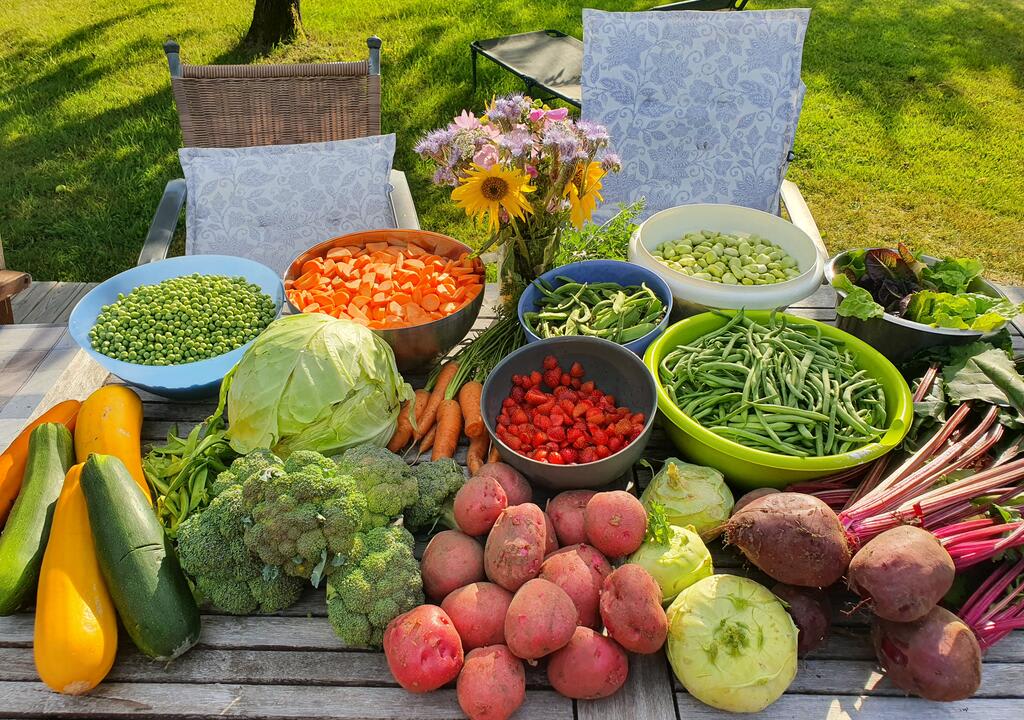
Wondering how much land is required for a self-sustaining farm? The good news is you don't need acres upon acres to start producing veggies. With efficient planning and the use of raised beds or intensive planting techniques, it's possible to have abundant yields even on just 1/4 acre.
Think about this – imagine replacing those rose bushes with blueberry bushes. You'll not only add beauty to your yard but also get some fresh fruits during harvest season.
You can plant crops like carrots and potatoes that serve as excellent storage crops over winter months when fresh produce from the grocery store may be scarce or expensive.
Raising animals requires more space than vegetables because they need room to roam and graze freely. Livestock feed requirements vary by animal type so consider their dietary needs before deciding which animals are suitable for your homestead.
An important aspect here would be pasture management where rotating grazing areas helps prevent overgrazing thus maintaining soil fertility. Note that some livestock such as chickens can provide dual benefits - eggs plus natural insect pests control.
The space needed to house your animals will depend on their size and the number you intend to keep. As a general principle, animals like cattle may necessitate up to fifty acres or more of area.

If you're seeking to initiate your own self-sustaining farm, certain elements are important for guaranteeing the success of your endeavor.
A thriving self-sufficient farm mirrors the diversity of natural ecosystems. Incorporating various plants and animals helps create an environment where each species contributes to the whole system.
Maintaining soil health is essential for successful farming. Practices like composting, crop rotation, and mulching not only enrich soil health but also cut down on external inputs.
Smart water use goes hand in hand with sustainable farming. Consider strategies such as rainwater harvesting or drip irrigation systems which conserve water by directing it precisely where needed.
Selecting crops that thrive in your specific climate reduces reliance on artificial inputs like fertilizers or pesticides. Choosing profitable crops also ensures economic viability – remember; sustainability isn't just environmental but financial too.
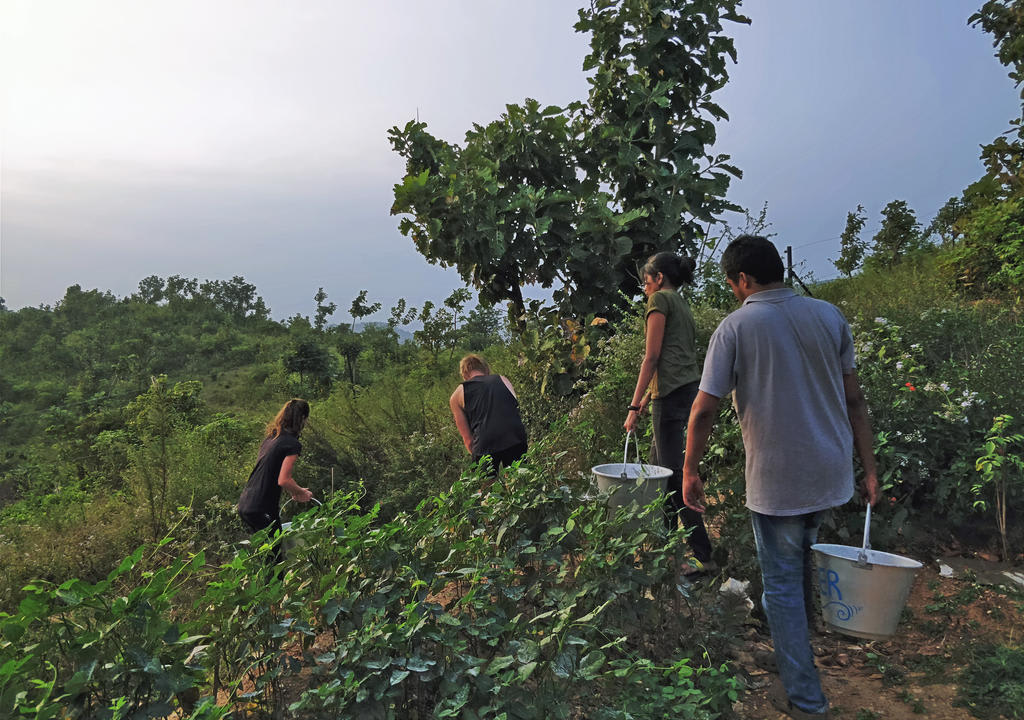
A self-sustaining farm is like an orchestra. Each element, from the chicken coop to the compost pile, plays its part in creating harmony. But where do you start? Let's break it down.
The first step towards your dream homestead involves careful planning. Just as a sculptor visualizes their masterpiece before they begin chiseling, visualize what you want from your farm. Think about aspects such as which heirloom varieties of vegetables and fruits would be best suited for your climate and soil type.
Getting into shape physically can aid significantly in managing day-to-day tasks efficiently around a self-sufficient farm. So, if you’re not used to hard physical work, start exercising constantly as soon as possible.
But farming isn't just hard work; it's smart work too. It requires an array of skills ranging from understanding soil health to knowing how to preserve food properly so that nothing goes to waste after harvest season ends.
You might need assistance building a sturdy chicken coop or maintaining an effective compost pile. You'll need to learn how to save seeds, grow food organically, and handle common farm tasks like fixing fences or maintaining tools.
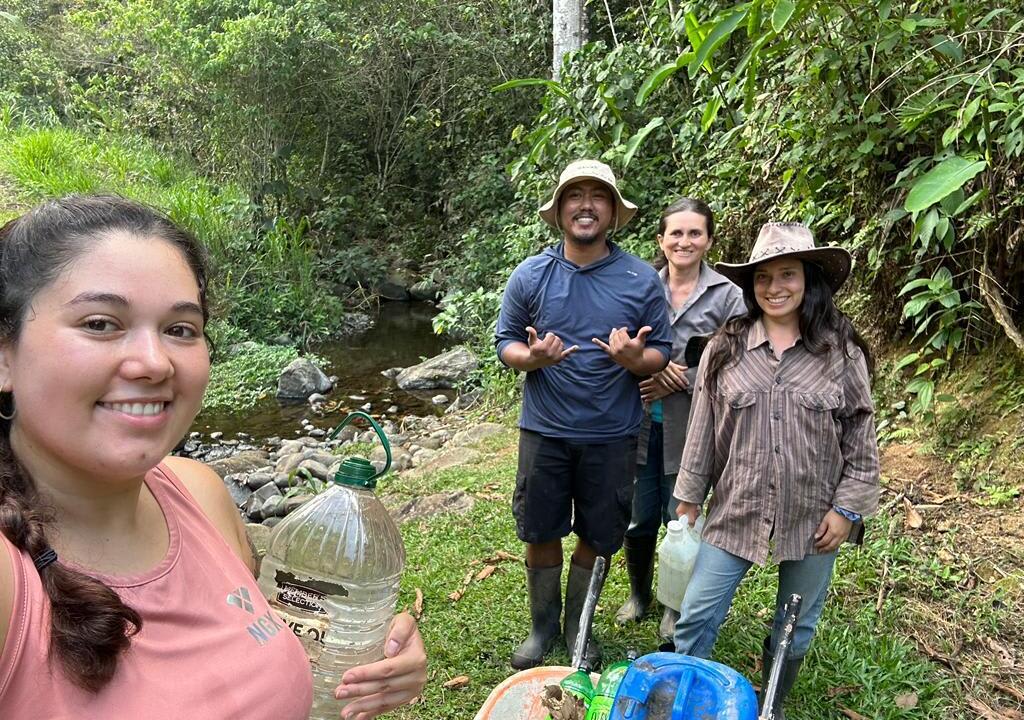
As we’ve mentioned, one of the key steps for starting a self-sufficient farm is to have the right skills and knowledge. And there's no better way to learn than to work alongside people who are more experienced than you.
For those who wish to make a positive difference while gaining knowledge on sustainable farming, the collaborative travel platform Worldpackers provides the perfect opportunity with their volunteer programs on self-sustaining farms worldwide. In exchange of your help, you’ll get free accommodation and some other perks like meals and more.
Through these volunteering opportunities you can dive into organic farming, experience permaculture principles firsthand and learn about bioconstruction, for instance. On top of all that, you’ll get to make friends with similar purposes, learn about other cultures, develop your skills, discover hidden talents and grow a lot as a person.
Swap the hustle and bustle of urban life for a calm, peaceful atmosphere in the countryside. But remember, it also means pitching in and doing your part to keep things running smoothly on the farm. Your days will be filled with hard work, but expect many rewarding experiences as well.
You might also like to read: How to live on a farm: opportunities and essential tips
Want to see all positions available at Worldpackers for volunteering at self-sufficient farms? There are over 2.000 opportunities at eco projects around the world, which you can apply to online.
To give you an idea of what you might expect, we’ve selected 5 examples among the top rated hosts in different parts of the world.
Finca la Quimera is the perfect place to get immersed in nature, get in contact with the real country life as well as a place where to explore and learn how to become more sustainable, learn about other cultures, yourself, and how to live in community.
The host, Alba, is starting a sustainable permaculture project with her baby girl, her dogs, cat, and chickens. She shares the space with groups of 5-6 volunteers at a time. The mission of this project is to be a space for learning and experimenting the transition to become more self-sufficient and sustainable while living in nature with a vision of abundance and prosperity.
Visitors are expected to be involved in various tasks, like farming activities like weeding, preparing the growing spaces, cultivating, taking care of the animals, and simple maintenance tasks.
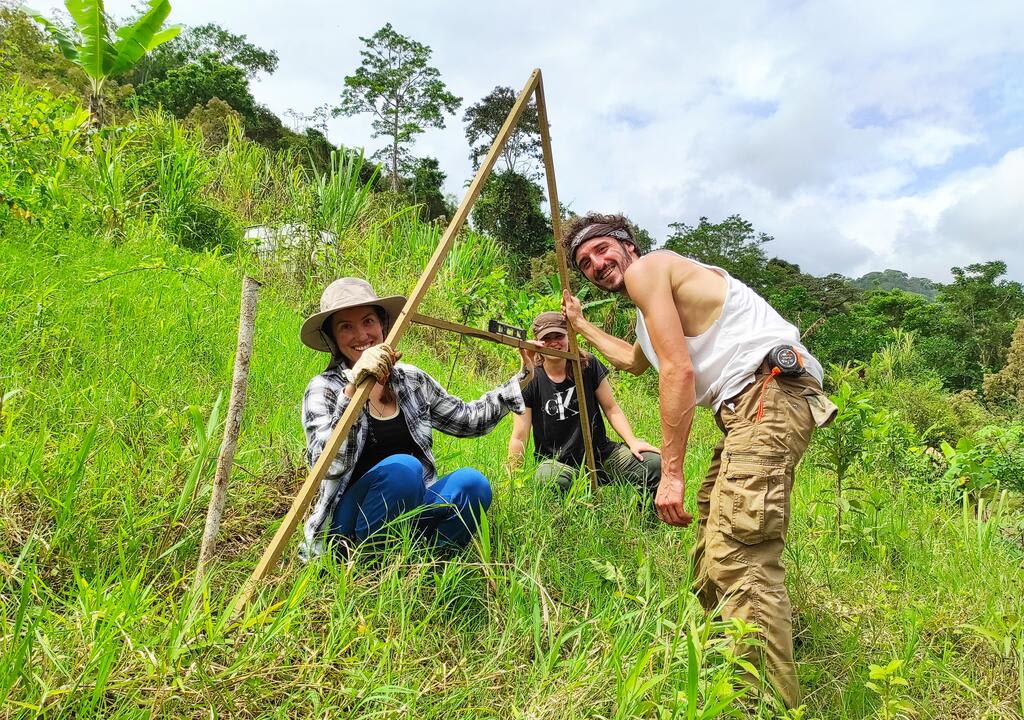
Experience the relaxed way of life in Sweden volunteering with a family of four (two adults and two boys) who are working towards a self-sufficient lifestyle. By volunteering with this host you'll learn about craftmanship, gardening, fishing, and Swedish and German culture. You will also learn about picking mushrooms and wild berries.
You'll get a free stay in a private room with breakfast, lunch, and dinner (homemade food, of course) in exchange of your work. They usually take volunteers kayaking, hiking and more.

This opportunity takes place in Kerala, one of the most developed areas of India. However, in the village of Kadambara, the local villagers (who are mainly comprised of tribals) have for long faced a severe enemy: malnutrition. Because of that, the hosts decided to start a project that would work not on aid but on empowerment. But first, they felt need to empower themselves. Hence, the idea of an off-grid self-sustainable farm.
“If this project succeeds, then we can use it as a simple model that can be replicated anywhere. As a participant, you'd mainly be helping out in this goal. This collaborative goal can only be achieved with a sustained and dedicated effort of all those who have the time, energy and maybe even the skill to share”, they say on their profile.
Their daily work includes planting and watering trees, taking care of the vegetable garden, digging water pits and ponds, creating water conservation structures, mulching, composting, cooking and building structures that facilitate storage and shelter. Basically anything you can imagine doing in a vegan farm without animals.

This Worldpackers host is an Italian family living in a small stone house in Emilia Romagna region, a place surrounded by forests, mountains, and rivers. It is a perfect spot for trekking, climbing, and skiing. They like cooking homemade fresh vegetables, pizza, bread and cake and picking berries, flowers and mushrooms.
The activities done by volunteers are many and varied, connected to organic and biodynamic agriculture, beekeeping, harvesting and processing of wild fruits and herbs, growing vegetables and small fruits, and selling products in farmer's markets.
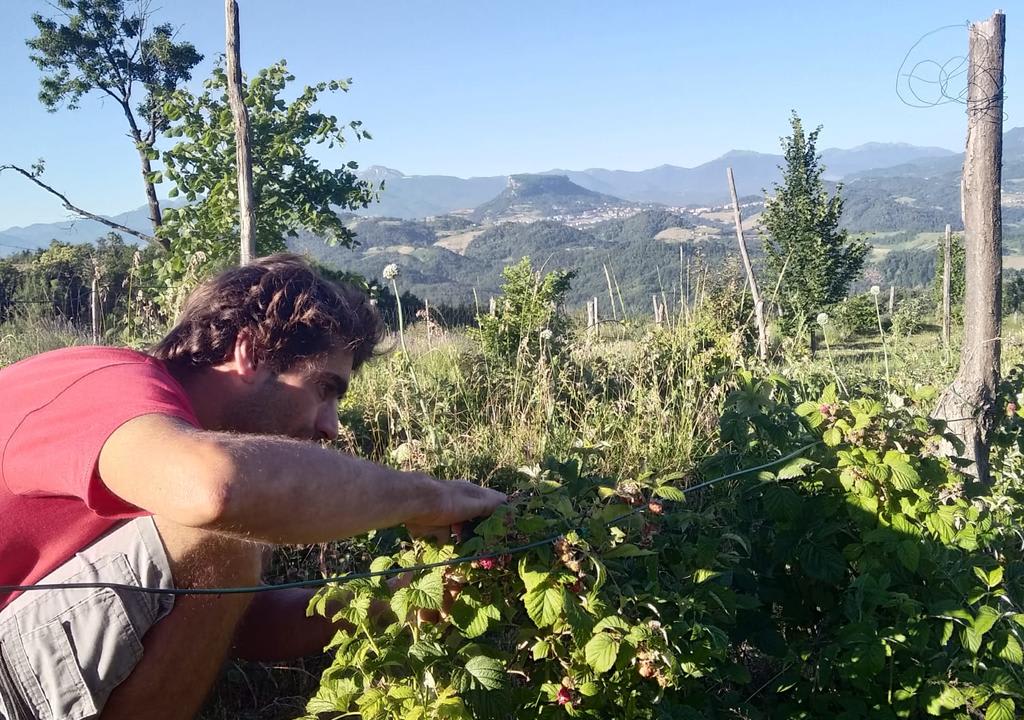
Escola da Natureza (Nature School) is a school of permaculture and ecological practices that promotes planetary regeneration through the development and dissemination of socio-environmental solutions. It was born in 2011 from the dream of transforming 4 hectares of degraded area into a large fruit forest, and has become a reference in environmental management due to the small-scale technologies developed there.
Their volunteering program aims to open the doors to a real experience of the lifestyle and practices developed by the school. The activities are within the scope of environmental management, including planting and maintenance of agroecological gardens, seedling nursery, environmental sanitation, waste management and educational activities.
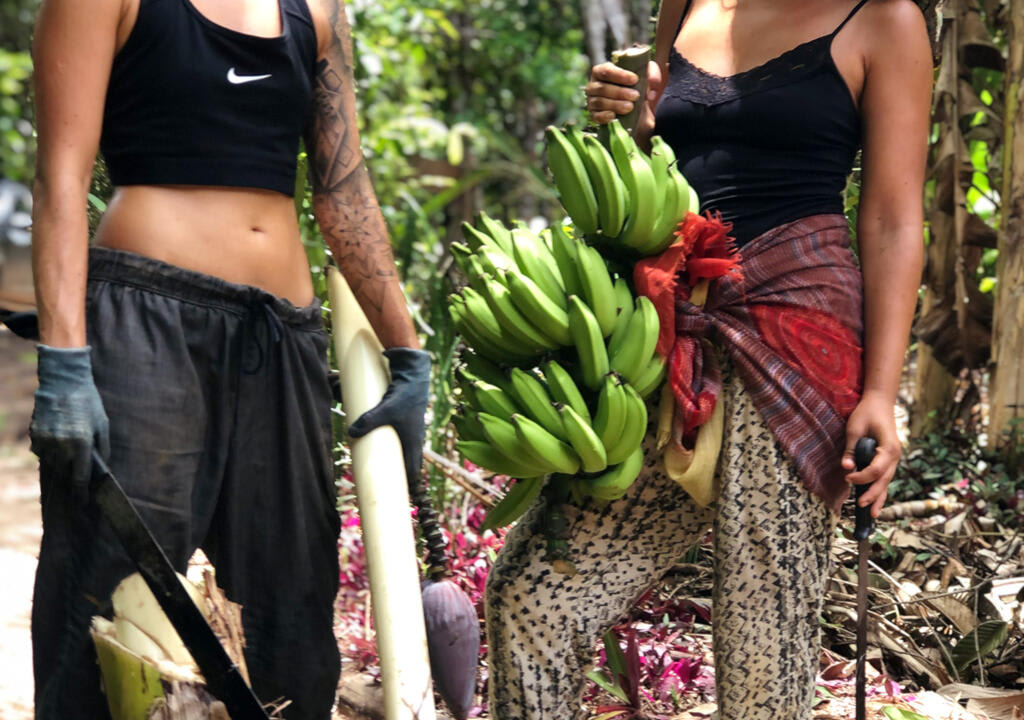
A self-sustaining farm produces most or all of its food, relying minimally on external resources. It focuses on sustainable practices and biodiversity.
The choice depends largely on your needs and capacity but chickens, goats, bees are commonly raised in such farms for eggs, milk/honey respectively.
You can achieve a substantial degree of self-reliance with careful planning and efficient use of space - raising small livestock like chickens/goats and growing high-yield crops.
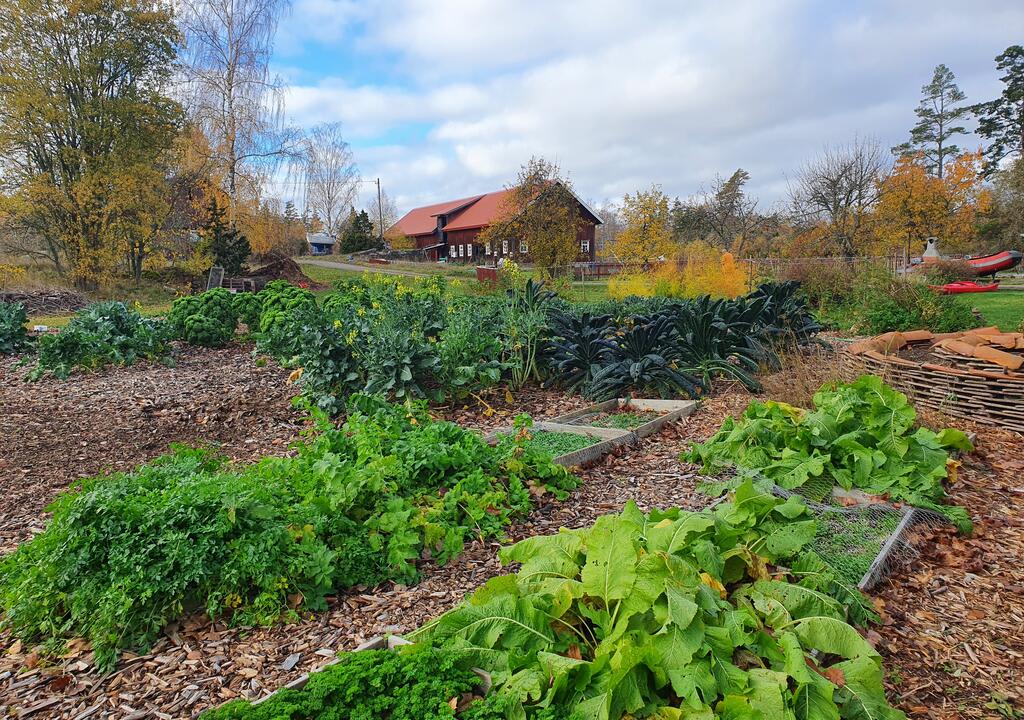
Stepping into a self-sustaining farm journey is an adventure. Much more than just raising your own nourishment, it's about cultivating an improved lifestyle and environment.
If volunteering speaks to you, remember there's an exciting world out there with Worldpackers, where you can lend a hand in hundreds of amazing farms. All this knowledge empowers you towards creating your own self-sustaining farm or becoming part of someone else’s dream.Let's go!
Keep reading:
Write here your questions and greetings to the author